
Type
Experience
Scope
Lecture 26: Stability examples, GM and PM using Nyquist Stability Criterion
Stanford CS234: Reinforcement Learning | Winter 2019 | Lecture 2 - Given a M...
Professor Emma Brunskill
Assistant Professor, Computer Science
Stanford AI for Human Impact Lab
Stanford Artificial Intelligence Lab
Statistical Machine Learning Group
Peter Ponders PID - Controlling non-integrating single pole system. Part 1 ...
Part 1 shows why P only control shouldn't be used because the set point or target is never reached.Part 2 shows why I only control shouldn't be used because ...
See MoreLecture 8: More on Transfer Functions
RL Course by David Silver - Lecture 6: Value Function Approximation
A deep dive into incremental methods and batch methods of value function approximation.
See MoreTikZ source Code: Both passivity indices applied
TikZ source Code: Both passivity indices applied.
See MoreSketching Root Locus Part 1
Sketching a root locus by hand can be done by following some simple rules. However, more important than actually being able to sketch to plot is being able to use our knowledge to design...
See MoreNumerically Linearizing a Dynamic System
In this video we show how to linearize a dynamic system using numerical techniques. In other words, the linearization process does not require an analytical...
See MoreWhy Learn Control Theory
In this video I present a few reasons why learning control theory is important and try to give some motivation to continue learning.
See MoreFIR Filter Design and Software Implementation
FIR (Finite Impulse Response) filter theory, design, and software implementation. Real-time software implementation on a custom STM32-based PCB. Overview of digital filtering, use-cases...
See MoreLinear Systems of Equations, Least Squares Regression, Pseudoinverse
This video describes how the SVD can be used to solve linear systems of equations. In particular, it is possible to solve nonsquare systems (overdetermined or underdetermined) via least...
See MoreTikZ source Code: Example Graph
TikZ source Code: Example Graph
See MoreControl Bootcamp: Full-State Estimation
This video describes full-state estimation. An estimator dynamical system is constructed, and it is shown that the estimate converges to the true state. Further, the eigenvalues of the...
See MorePartial Fraction Expansion/Decomposition
In this video we discuss how to perform partial fraction expansion (PFE) to rewrite a ratio of polynomials as simpler expressions. Topics and time stamps:(0...
See MoreData-Driven Control: Balanced Truncation and BPOD Example
In this lecture, we explore balanced truncation and BPOD on a numerical example in Matlab.
See More3D Printed Laboratory Equipment to Study Fundamentals of Vibrations: Complia...
This low-cost, portable, and 3D-Printed Laboratory Equipment (3D-PLE) can be utilized to achieve the following learning outcomes:
- Derive the equation of motion of a translational...
SVD: Eigenfaces 2 [Matlab]
This video describes how the singular value decomposition (SVD) can be used to efficiently represent human faces, in the so-called "eigenfaces" (Matlab code, part 2).
See MoreBode Plots of Complex Transfer Functions
In this video we discuss how to generate a bode plot of a complex transfer function by decomposing it into the individual components. We then show how one c...
See MoreFuzzy Inference System Walkthrough | Fuzzy Logic Part 2
This video walks step-by-step through a fuzzy inference system. Learn about concepts like membership function shapes, fuzzy operators, multiple-input inference systems, and rule firing...
See MoreSolving the 2D Wave Equation
In this video, we solve the 2D wave equation. We utilize two successive separation of variables to solve this partial differential equation. Topics discuss...
See MoreDynamic Mode Decomposition (Code)
In this video, we code up the dynamic mode decomposition (DMD) in Matlab and use it to analyze the fluid flow past a circular cylinder at low Reynolds number.
See MoreControl Bootcamp: Loop shaping
This video explores shaping the loop transfer function to have desirable sensitivity and complementary sensitivity.
See MoreLaplace domain – tutorial 2: Region of Convergence (ROC)
In this video, we learn five golden rules on how to quickly find the Region of Convergence (ROC) of Laplace transform. Learn Signal Processing 101 in 31 lect...
See MoreTime domain - tutorial 11: system properties from impulse response
In this video, we learn how to find system properties from the impulse response. Specifically, memoryless, causal, stable and invertible systems will be ful...
See MoreFourier Series and Gibbs Phenomena [Matlab]
This video will describe how to compute the Fourier Series in Matlab and Gibbs Phenomena that appear for discontinuous functions.
See More



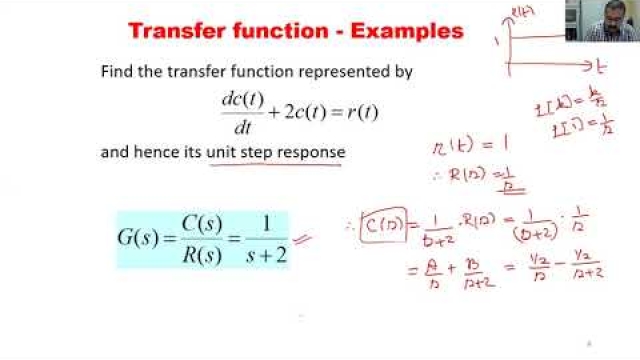
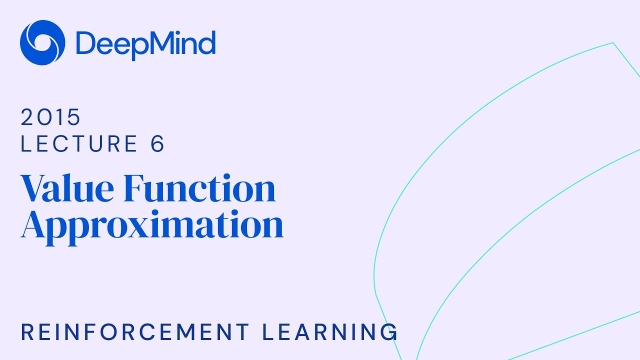


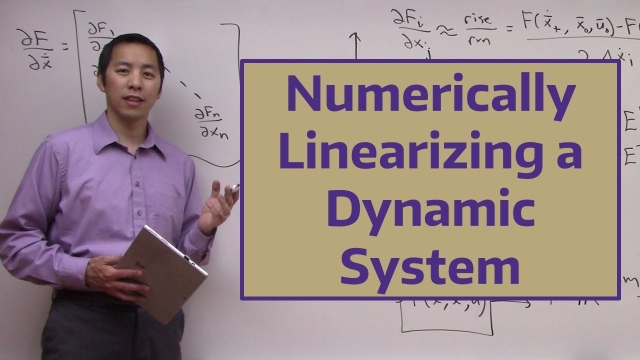
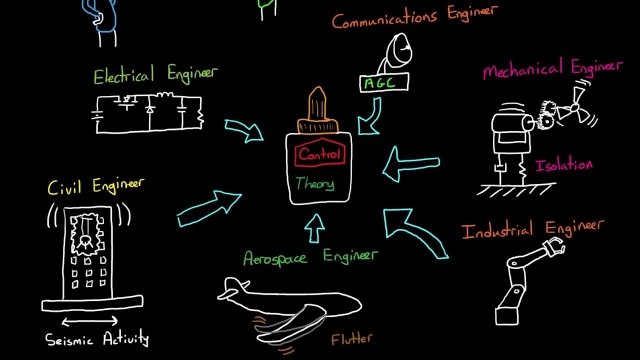
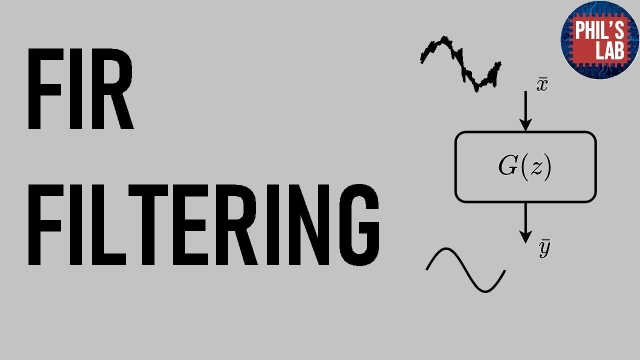
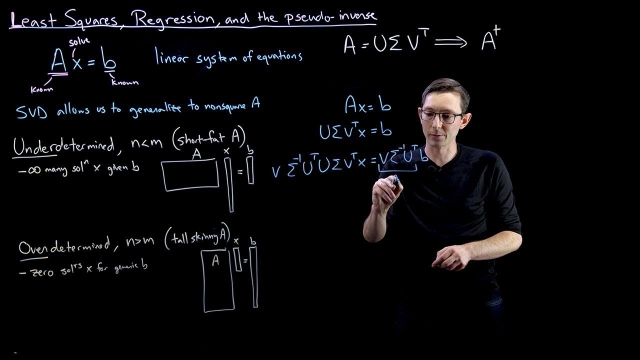

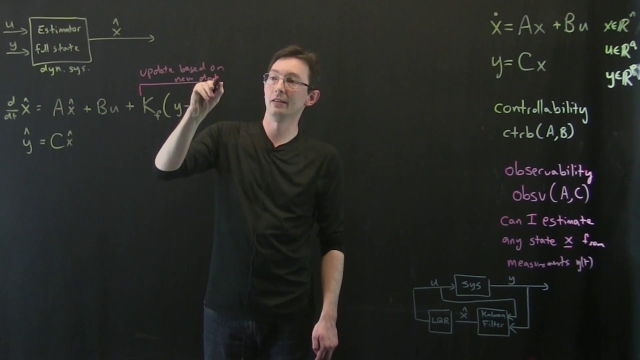

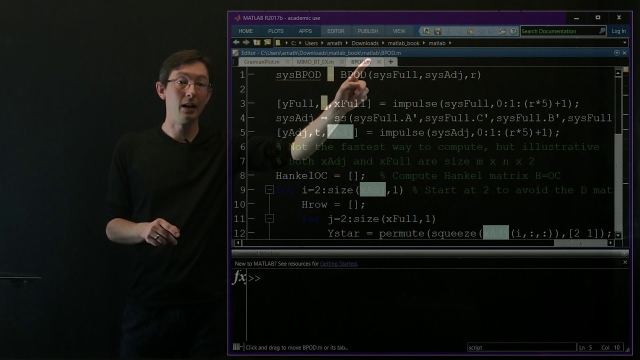
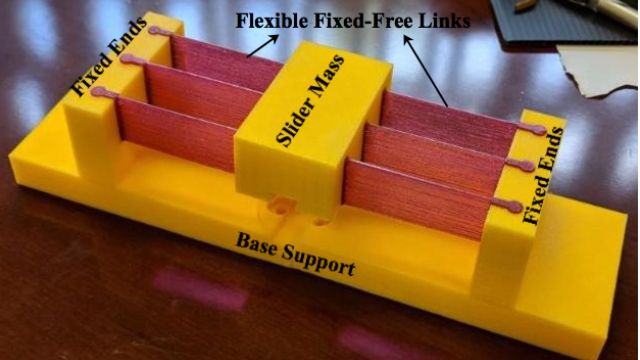
![SVD: Eigenfaces 2 [Matlab]](/sites/default/files/styles/search_resulkts/public/2020-12/maxresdefault_414.jpg?itok=L4yTxfyV)
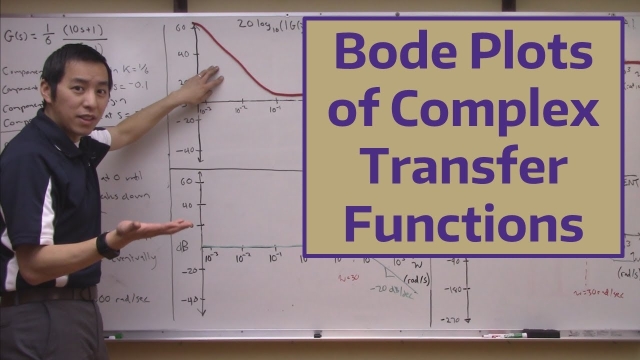
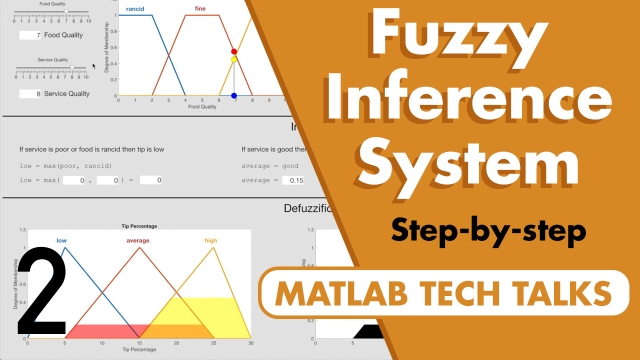
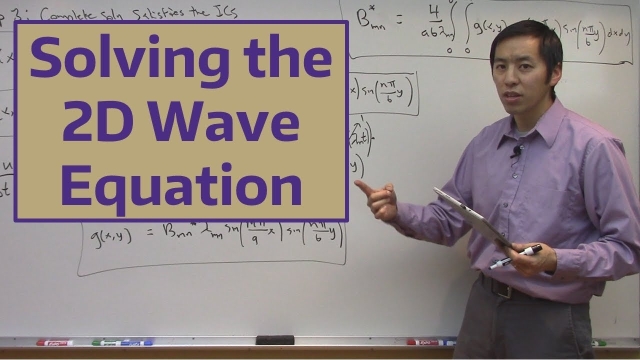
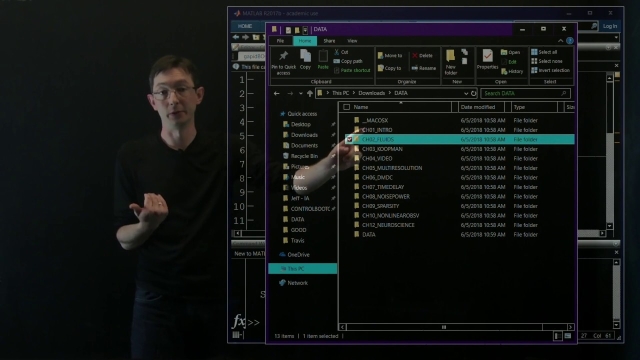
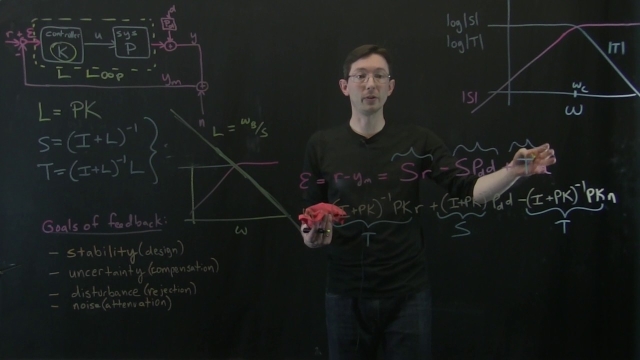
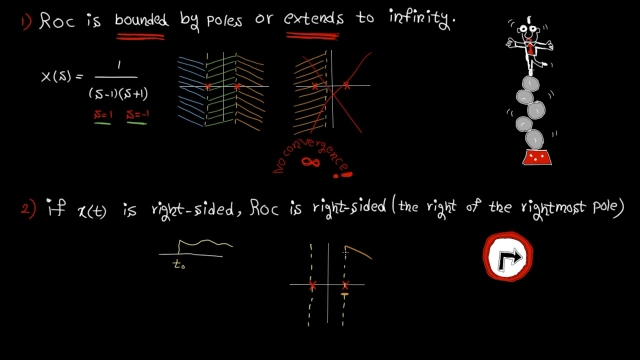
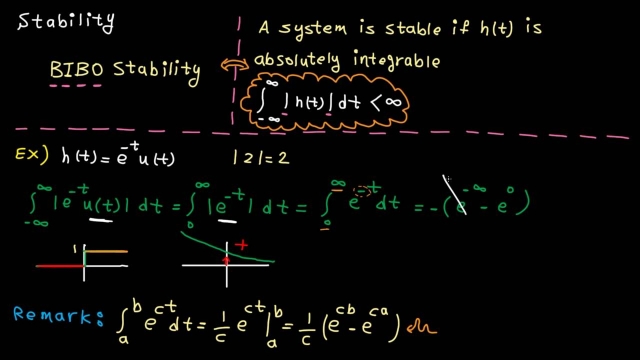
![Fourier Series and Gibbs Phenomena [Matlab] Fourier Series and Gibbs Phenomena [Matlab]](/sites/default/files/styles/search_resulkts/public/2020-12/maxresdefault_363.jpg?itok=YEl5oqig)